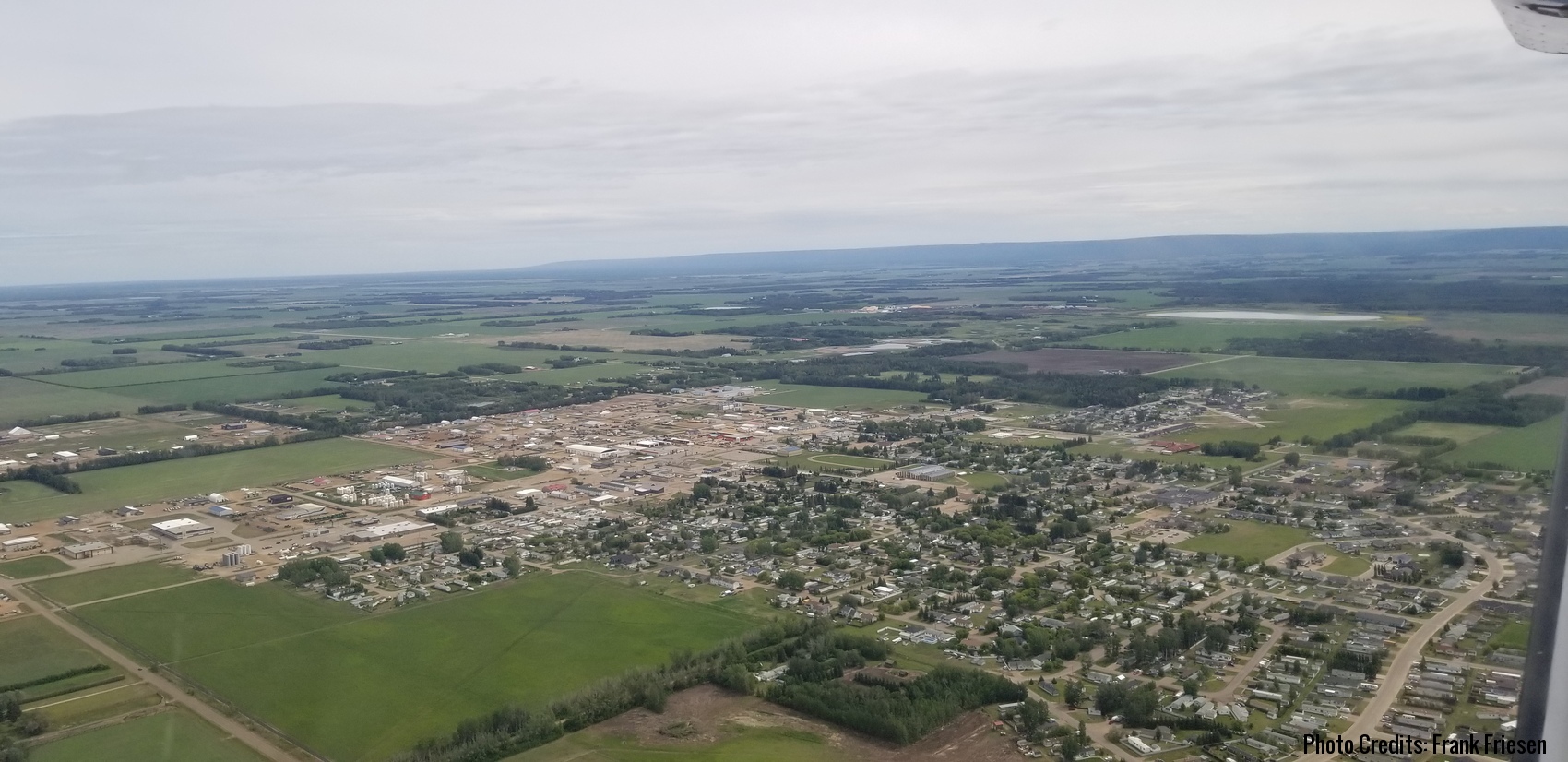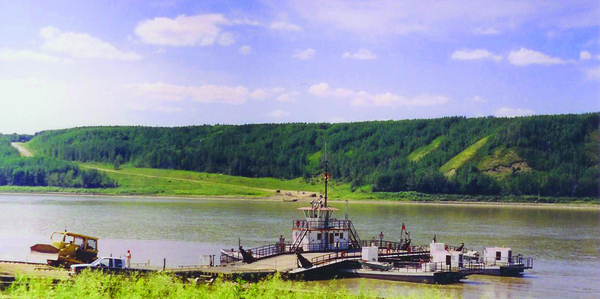 La Crete has rich history dating back to 1918, which has embedded strong cultural ties into the lives of its inhabitants. La Crete was named in 1918 by the Rivard Brothers who were the first settlers of the area. They named the area “La Crete Landing” because it was off the mighty Peace River; a place they called home. “La Crete” which translates as “The Crest”, can also refer to a “Rooster’s comb” and was used to describe the ridge of land where they came ashore about nine kilometers southwest of where the hamlet is today.
La Crete has rich history dating back to 1918, which has embedded strong cultural ties into the lives of its inhabitants. La Crete was named in 1918 by the Rivard Brothers who were the first settlers of the area. They named the area “La Crete Landing” because it was off the mighty Peace River; a place they called home. “La Crete” which translates as “The Crest”, can also refer to a “Rooster’s comb” and was used to describe the ridge of land where they came ashore about nine kilometers southwest of where the hamlet is today.
The Rivard Brothers came to the area from Quebec, evading recruitment into World War I. While the Rivard Brothers had a French Background, La Crete has developed into a unique bilingual community with German and English as the two dominant languages. This unique blend is due to the large number of Mennonites who relocated to the area in the early 1930’s. Now the prodominant cultural group in the community, Mennonites started to come mainly from Saskatchewan during this time to escape the “modernization” of the developing world.
The Mennonites decided to settle midway between Caracajou and the Hudson’s Bay trading post. Those were two already established settlements. This area was chosen because settlers realized the potential for farmland in the surrounding area. At first there was only a handful of families migrating to the La Crete area, but family members quickly followed strengthening the family values that are still upheld today. Very quickly, over 200 Mennonites from Saskatchewan, Manitoba, and Mexico, had settled in the area by 1939. The majority of these settlers were Old Colony Mennonites, who cleared their own land for farming, established their own churches and schools, many of which are still in use today.
By 1960, roads became more accessible to the area, and by that time, there were already 1500 people living in the entire area. With roads, the riverboat, which had  routinely supplied the area with goods, was no longer needed and the community began to rely on ground transportation connecting La Crete with outside markets, as well as outside influence.
routinely supplied the area with goods, was no longer needed and the community began to rely on ground transportation connecting La Crete with outside markets, as well as outside influence.
Development of paved roads linking to La Crete resulted in a steady increase of settlers until the mid-1990’s, when population growth exploded to an 8% yearly increase. The rest of the region was also seeing tremendous growth, but at a much slower rate. This growth has continued, with immigrants from Bolivia, and other parts of Canada, coming to La Crete each year.
Today the population of the Hamlet is close to 3500, and the surrounding area makes up approximately 8000 people. Affected by the global market, La Crete today is connected to high speed internet, cell phone coverage, cable and satellite television, and many other popular amenities. Click here for 2015 Municipal Census Information.
Despite constant growth, La Crete still holds onto a strong culture and religion. Many residents use a german dialect called “Plautdietsch” or “Low German”. “High German”, which is still spoken in Germany today, is reserved mainly for church services. Most of the community speaks English and conducts business in both languages.

